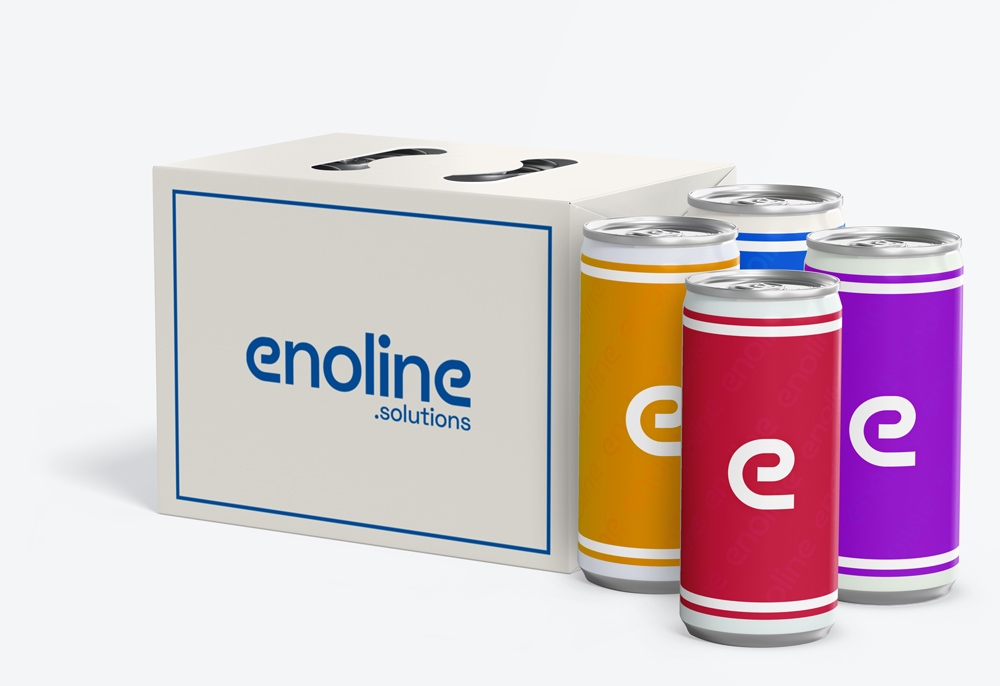June 25th
Mistakes to Avoid with Automated Packaging Systems

In the ever-evolving world of manufacturing and logistics, efficiency is king. Automated packaging systems promise to streamline operations, cut costs, and boost productivity. However, even the best technology can fall short if not implemented correctly. Here, we explore the common mistakes businesses make with automated packaging systems and how to avoid them.
Understanding Automated Packaging Systems
Before diving into the pitfalls, let's briefly understand what automated packaging systems are. These systems use machinery to pack products automatically, reducing the need for manual labor and increasing throughput.
The Importance of Automated Packaging
Automated packaging systems are vital in modern industries for several reasons:
• Efficiency: They significantly speed up the packaging process.
• Consistency: They ensure uniform packaging, reducing errors.
• Cost-Effectiveness: They cut down labor costs and minimize material waste.
Common Mistakes in Automated Packaging Systems
Even with the best intentions, businesses often stumble when implementing automated packaging systems. Here are some critical mistakes to watch out for.
Inadequate Planning and Assessment
Skipping the Needs Analysis
Before selecting an automated packaging system, a thorough needs analysis is essential. Failing to understand your specific requirements can lead to choosing a system that doesn't fit your production line, resulting in inefficiencies and wasted investments.
• Tip: Conduct a comprehensive assessment of your packaging needs, considering factors like product size, packaging materials, and production speed.
Ignoring Customization Needs
One-Size-Fits-All Mentality
Automated systems are not universally applicable. Assuming that a generic solution will work for your unique products can cause significant problems.
• Tip: Work with manufacturers to customize the system to your specific needs, ensuring it handles your product range effectively.
Underestimating the Importance of Training
Insufficient Operator Training
Even the most advanced systems require skilled operators. Neglecting operator training can lead to improper use, increased downtime, and even damage to the machinery.
• Tip: Invest in comprehensive training programs to ensure operators are proficient in using the new system.
Overlooking Maintenance Requirements
Skipping Regular Maintenance
Automated systems, like any machinery, require regular maintenance to function optimally. Ignoring this can lead to breakdowns and costly repairs.
• Tip: Establish a routine maintenance schedule and stick to it, ensuring the longevity and reliability of your equipment.
Neglecting Integration with Existing Systems
Poor System Integration
New automated packaging systems must seamlessly integrate with existing production lines. Failing to consider this can lead to bottlenecks and inefficiencies.
• Tip: Plan the integration process meticulously, ensuring all systems work together smoothly.
Specific Issues to Watch Out For
While the above points cover general mistakes, there are specific technical and operational issues to be aware of.
Incorrect Machine Settings
Calibration Errors
Machines need to be correctly calibrated to handle different products. Incorrect settings can lead to packaging errors and product damage.
• Tip: Regularly check and adjust machine settings based on the products being packaged.
Inadequate Quality Control
Skipping Quality Checks
Automated systems can create a false sense of security, leading some to skip regular quality control checks. This oversight can result in defective products reaching customers.
• Tip: Maintain stringent quality control procedures, even with automated systems in place.
Ignoring Ergonomics
Poor Workplace Design
Automation doesn't eliminate the need for human workers entirely. Ignoring ergonomic design can lead to worker discomfort and injury.
• Tip: Design workstations that prioritize operator comfort and safety, reducing the risk of repetitive strain injuries.
How to Implement Automated Packaging Systems Successfully
To maximize the benefits of automated packaging systems, follow these best practices:
Conduct a Thorough Needs Analysis
Understand your specific packaging requirements before choosing a system. Consider product dimensions, material types, and desired output speed.
Customize the System
Work with suppliers to tailor the system to your specific needs. This customization ensures that the system handles your products effectively.
Invest in Training
Provide comprehensive training for operators to ensure they understand how to use and maintain the new system properly.
Schedule Regular Maintenance
Implement a regular maintenance routine to keep the system running smoothly and prevent unexpected downtime.
Plan for Integration
Ensure the new system integrates seamlessly with your existing production line. Plan the integration process carefully to avoid disruptions.
Maintain Quality Control
Even with automation, regular quality checks are essential to ensure product consistency and customer satisfaction.
Conclusion
Automated packaging systems can revolutionize your production process, offering efficiency, consistency, and cost savings. However, avoiding the common mistakes outlined above is crucial to fully realizing these benefits. By conducting thorough needs analyses, investing in training, and maintaining rigorous quality control, you can ensure a successful implementation.
FAQs
What are the benefits of automated packaging systems?
Automated packaging systems enhance efficiency, ensure consistent packaging, and reduce labor costs.
How can I customize an automated packaging system for my needs?
Work with manufacturers to tailor the system to your specific product requirements, ensuring optimal performance.
Why is operator training important for automated packaging systems?
Proper training ensures operators use the system correctly, minimizing downtime and preventing damage to the machinery.
What maintenance is required for automated packaging systems?
Regular maintenance, including routine inspections and calibrations, is essential to keep the system functioning optimally.
How do automated packaging systems integrate with existing production lines?
Careful planning and coordination are necessary to ensure the new system works seamlessly with existing machinery and processes.
We are here to help you find the perfect packing machine !


